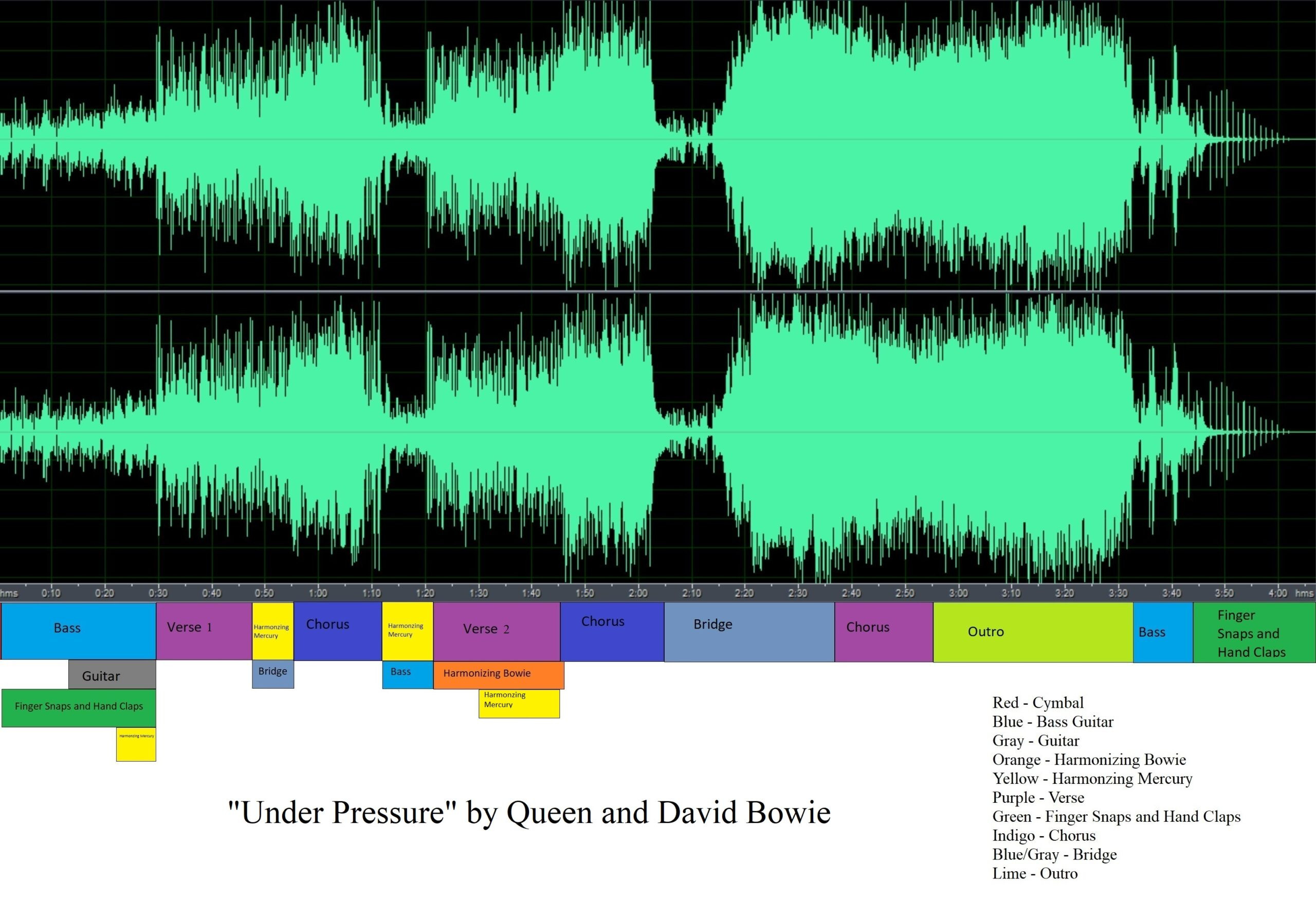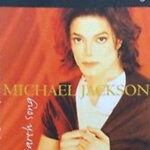“Under Pressure,” the iconic collaboration between Queen and David Bowie, wasn’t initially on the radar for song analysis. Many popular songs often follow predictable structures – guitar solos, drum breaks, lyrical verses – which, while showcasing musical talent, might not always lend themselves to deeper exploration. This isn’t to diminish those artists, but rather to highlight the initial challenge in finding a song with sufficient layers to dissect. The inspiration for “Under Pressure” struck unexpectedly, almost like a late-night epiphany. Amidst the discomfort of illness and the pressure of a looming assignment, the song emerged, revealing nuances previously unheard, or perhaps just unnoticed.
 Queen and David Bowie performing Under Pressure, a collaborative hit song.
Queen and David Bowie performing Under Pressure, a collaborative hit song.
Released in October 1981, “Under Pressure” stands as a testament to the combined genius of British rock giants Queen and the legendary singer-songwriter David Bowie. This single became a landmark achievement for both artists, securing Bowie’s third UK number-one hit, following “Space Oddity” and “Ashes to Ashes,” and Queen’s second, after the monumental “Bohemian Rhapsody.” The song’s journey to completion was far from straightforward. It began as “Feel Like,” an early iteration that Queen ultimately abandoned, dissatisfied with the direction. Simultaneously, Bowie had contributed backing vocals to another Queen track, which also remained unfinished due to his own artistic reservations. “Under Pressure” arose from an impromptu jam session, a creative spark ignited by the spontaneous collaboration between Bowie and Queen. The authorship of the song has been subject to varied accounts over time. While surviving Queen members often credited Freddie Mercury as the primary songwriter, the iconic bassline’s origin is also debated. Queen bassist John Deacon initially attributed it to David Bowie, while guitarist Brian May and drummer Roger Taylor maintain Deacon himself created the riff during repetitive studio play. Taylor recalls Deacon momentarily forgetting the bassline, with Taylor himself stepping in to recall it. Brian May further adds that Bowie significantly shaped the riff into its final, recognizable form.
Musically, “Under Pressure” is a rich tapestry of interwoven elements, extending far beyond its famous bassline. Freddie Mercury’s vocal prowess is on full display, particularly his soaring high notes, delivered with breathtaking power and precision at various points in the song, notably around 1 minute 20 seconds, 2 minutes, and 2 minutes 20 seconds. Adding to the rhythmic complexity, Queen and Bowie incorporate alternating hand claps and finger snaps, most prominently in the song’s intro and outro, creating a dynamic percussive layer. Mercury’s harmonizing is another key element, appearing at 22 seconds, 47 seconds, 1 minute 12 seconds, and 1 minute 30 seconds, beautifully intertwining with Bowie’s harmonies that commence around 1 minute 22 seconds, showcasing their exceptional vocal synergy. Lyrically, “Under Pressure” delves into the intense pressures of life, powerful enough to “crack a building in two” and fracture families. Both Bowie and Mercury articulate the overwhelming nature of this pressure until the third verse when Mercury shifts the perspective, questioning why love can’t be given a chance to mend these societal fractures. Bowie responds in the outro, acknowledging love as perhaps “old fashioned,” yet simultaneously conceding its potential to foster care for oneself and others. The vocal chemistry between Bowie and Mercury is palpable, both in their individual singing and harmonized duets. “Under Pressure” stands as a unique moment in music history, their only collaborative song, leaving listeners to ponder the incredible potential of further collaborations between these musical giants.
-Erik Berdecia

